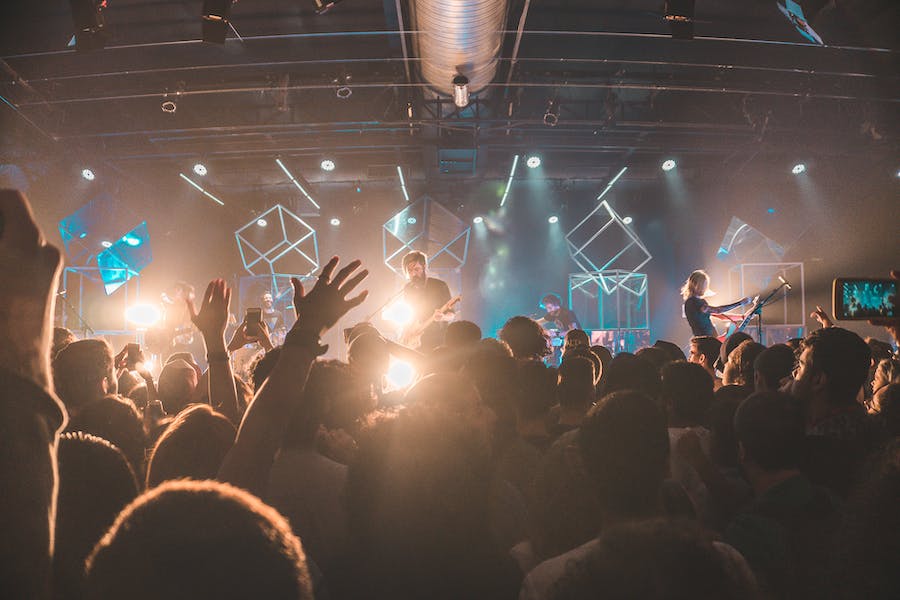Researchers have developed a system to absorb excessive sound in enclosed spaces like theaters and concert halls to make them safer for hearing.
Their revolutionary piezoelectric design converts loud noise into electrical energy.
- The sensors are designed to be installed on walls, floors, and ceilings of enclosed spaces of large public venues.
- The tiny sensors capture sound-wave energy and reduce reverberating intensity.
- Sound waves from loudspeakers in these spaces are typically between 60 and 100 decibels, with peaks of 120 decibels. Louder sounds produce more electricity.
Context: Noise exceeding 70 decibels for extended periods can harm hearing. Many venues surpass safe levels, harming patrons and workers.
- The Centers for Disease Control and Prevention estimate that children, teens, and adults have permanent hearing damage from excessive exposure to noise
- 12.5% of children and adolescents aged 6-19
- 17% of adults aged 20-69

“We classified the sound present in closed environments based on the intensity (decibels) that can potentially cause hearing loss. Sound energy absorbed using piezoelectric sensors is processed by our system to convert it into electrical energy. —Rajendra Prasad P, co-author of the study
Why it matters
This technology could improve public safety by controlling noise levels and using sound waves to produce renewable energy.
The big picture
The system directs its electrical output to charge batteries or power devices based on sound levels.
- The sensors are made from quartz, which is recyclable and biodegradable.
- Computer models guided the optimal design of the piezoelectric sensors to absorb expected venue frequencies.
- Lab tests confirm the concept's real-world application.
What's next: Further development of the noise-limiting and energy-generating grids and facility testing.
The takeaway
This technology eliminates excessive sound and wasted energy, creating a healthier, more sustainable future.

